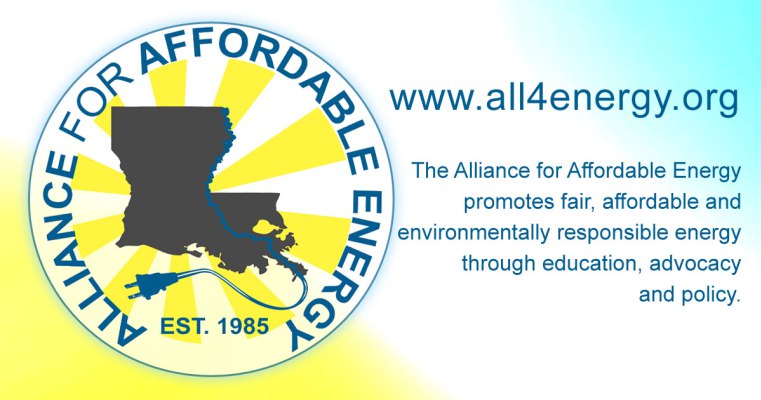|
Have you ever wondered how the EPA determined carbon pollution goals for each state under the Clean Power Plan? This post on the EPA Blog explains how each state’s goals for the Clean Power Plan are calculated. To read more of this article click here, or see below! – by Janet McCabe
The Clean Power Plan – following a consistent approach to setting state goals EPA’s proposed Clean Power Plan is continuing to get plenty of attention and lots of good questions. That’s great because it means people are digging into the proposal to see how it works. We have heard a number of questions about the proposed state goals – and rightly so. The proposed state goals are fundamental to how the program will cut pollution, so it’s important that you understand how we developed them, why they are different from state to state, and how states can meet them. So let me provide a little more information. How did EPA calculate the state goals? As I mentioned last week, the Clean Power Plan works by setting state goals that gradually reduce each state’s carbon intensity rate, or “pollution-to-power ratio.” To do that, the state goals are determined by using a formula that takes the amount of CO2 emitted and divides it by the megawatt-hours of electricity generated (lbs/MWh). This is what we call a rate-based approach. Many other Clean Air Act rules have used emissions rates in the past to reduce other pollutants from power plants and many other types of facilities. To set state-specific goals, EPA looked at all the great work that states, cities, and utilities are already doing to lower carbon pollution from the power sector. We gathered publicly available data for each state, from 2012, which is the most current information available. This included CO2 emissions from each state’s current fossil fuel power plants, information about renewables and energy efficiency policies, and data about how power is generated and moved around the electricity system. That gave us a starting point for each state. From 2012, EPA looked ahead to what could reasonably be accomplished by 2030 across the power sector if states made practical and affordable changes to generate electricity without emitting as much CO2. EPA took the energy information and emissions data for each state and plugged it into the formula. EPA applied the formula in the same way for all the states covered by the program. So while the expectations for what the sector can do are based on a national assessment of what is achievable, the outcome – or goal – for each state is unique because each state has a different energy mix and different programs and policies in place. This is a fair and equitable approach because the formula is applied uniformly. Specifically, we started with each state’s 2012 CO2 emissions rate (lbs/MWh) and then looked at four strategies that are in widespread use in the energy sector: First, coal power fleets can become more efficient, which will reduce total state CO2 emissions, dropping the state’s emission rate. Second, states can use their natural gas power plants more often because those plants don’t emit as much carbon pollution. This lowers total state CO2 emissions and increases clean generation, reducing the state’s emission rate further. Third, states can increase renewable energy sources such as wind and solar and sustain their nuclear power generation. These zero- and low-carbon emitting sources lower CO2 emissions and increase clean generation, dropping the state’s emission rate even further. Fourth, states can expand energy efficiency programs so a state’s residents and businesses use less electricity. In the formula this counts as an increase in clean generation, dropping the state’s emission rate to a final number. This final number is the state goal. – See more at http://blog.epa.gov/epaconnect/2014/06/the-clean-power-plan-following-a-consistent-approach-to-setting-state-goals/
0 Comments
Leave a Reply. |
Archives
July 2024
Categories
All
|
|
|
If you want to be a frontline soldier on environmental protection, social justice, or environmental racism, come to Louisiana” –Gary Groesch, Founder of AAE
|
View our events calendar for important upcoming community events and public meetings!
|
|
Copyright © 2022 · Alliance for Affordable Energy


 RSS Feed
RSS Feed